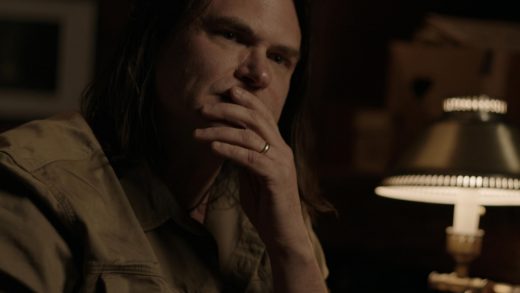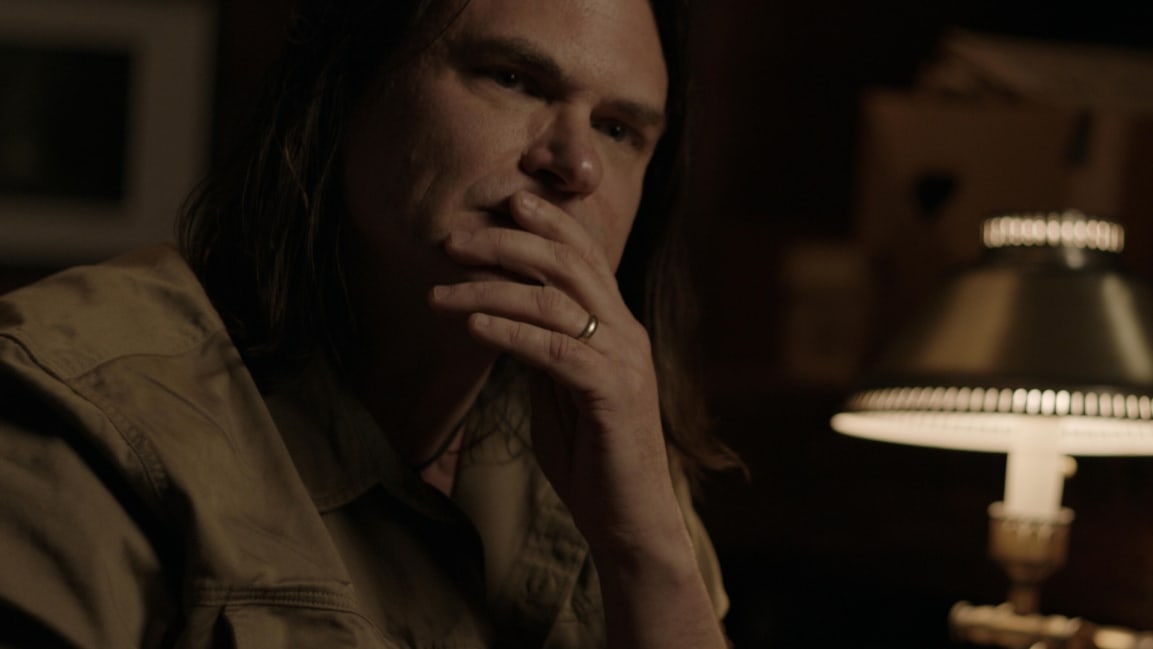Bigfoot, weed, and murder: How ‘Sasquatch’ on Hulu reinvents the true-crime documentary
Don’t let the release date fool you. It is by now well-worn marketing logic that any film even somewhat related to cannabis typically comes out on April 20, the unofficial Stoner Christmas. But there is nothing typical about the latest weed-adjacent project with this loaded birthday.
The first hint that Sasquatch, which premieres on Hulu today, is unique to the weed space—or any other space, really—is that the title does not, in fact, refer to a particularly potent strain of weed but rather to actual Sasquatches. That’s right: Bigfeet, yetis, forest-dwelling deplorables of myth. Sasquatch is a three-part documentary about an alleged triple homicide by a long-sought legendary creature out in California weed country. It doesn’t just defy expectations for 4/20 content; it turns the entire true-crime genre on its head.
Director Joshua Rofé didn’t set out to make an antidote to the recent glut of nearly identical real-life murder-mystery docs. He merely wanted to try something much different from his previous project. It was a glorious stroke of luck that Rofé had been able to access tons of archival footage for 2018’s Lorena, the Jordan Peele-produced docuseries that added I, Tonya-like context to the world’s most notorious penis-severer. Although he was thankful to get the material, the filmmaker also lamented how much information was already out there in the public domain about the subject of his reclamation project.
“I started to think, ‘What if, for my next thing, I found a story that you literally could not Google?’” Rofé says in an interview with Fast Company. “And I sort of became obsessed with that idea.”
Within a month of the filmmaker landing on this abstract concept for a project, a friend strongly recommended he check out a podcast called Sasquatch Chronicles, in which listeners share their encounter stories. It wasn’t the kind of thing Rofé is ordinarily drawn to, but the way his friend sold the idea made him give it a shot. A few days later, he’d consumed about a dozen hours of Sasquatch audio.
He was hooked.
“What I was really struck by was the visceral fear that I believed was present in all of these stories,” he says. “I was less hung up on whether I believe in Bigfoot; it was all about the visceral fear that was present. I just sort of had the thought, ‘What if I could find a murder mystery that is somehow intertwined with Sasquatch?’ That would be a wild thing, and I’ve never seen anything like that.”
Incredibly, this tall order—which sounds about as unlikely as an actual Bigfoot sighting—took very little time to fill.
Rofé reached out to David Holthouse, a gonzo journalist with whom he’d worked on Lorena, for help finding such a story. Holthouse is known for going off the grid to break stories about methheads, neo-Nazis, and gutter punks. He is exactly the sort of person one might approach with such a hard, bizarre ask. So Rofé wasn’t all that surprised when Holthouse immediately responded that he happened to have his own murder mystery intertwined with Sasquatch.
“If you knew Holthouse,” the director says, “you wouldn’t be surprised either.”
The story Holthouse had for Rofé is the one that opens up Sasquatch, rendered with entrancing animation. Back in 1993, the journalist was visiting a friend at a cannabis farm in the deep redwoods of the Emerald Triangle, the largest cannabis-producing region in the United States. It’s an area also known as ground zero for Bigfoot believers, or “Squatchers,” and Holthouse had taken in stories of encounters all throughout his trip. One night, however, he overheard a conversation from some shaken-up workers who were sure they had just come across a trio of torn-apart bodies in the woods—and fingered Bigfoot as the culprit. Had they actually seen three bodies in the woods? Could those bodies have actually been killed by a Sasquatch? Or were they victims of a marijuana turf war merely made to look like they were killed by Sasquatch? And why weren’t they ever found?
These questions haunted Holthouse for 25 years before he mentioned them to Rofé in 2018. The pair’s subsequent efforts to get some answers resulted in a documentary unlike any other.
Sasquatch is a journey into the dark side of humanity that just happens to involve inhuman creatures whose existence is widely disputed. It involves so much more than that, however. A few months into the production, Rofé realized the inciting Sasquatch incident had branched out into many fascinating, intersecting topics. He’d had no prior awareness about the politics, racial inequity, and imminent danger of the Emerald Triangle, which is said to have the highest missing-person rate of anywhere in the country. Suddenly, he was completely submerged in it all—and he came out on the other side changed.
Although the project ended up going in several directions the filmmaker never anticipated at the start, it did indeed ultimately produce the visceral fear that hooked him in the first place.
“I guess what surprised me most about this whole experience is how afraid I am now to go camping,” he says.
But is he more afraid of running afoul of a Sasquatch, or getting cut down in a marijuana turf war.
“I think people are what we should all be afraid of.”
Fast Company , Read Full Story
(44)



